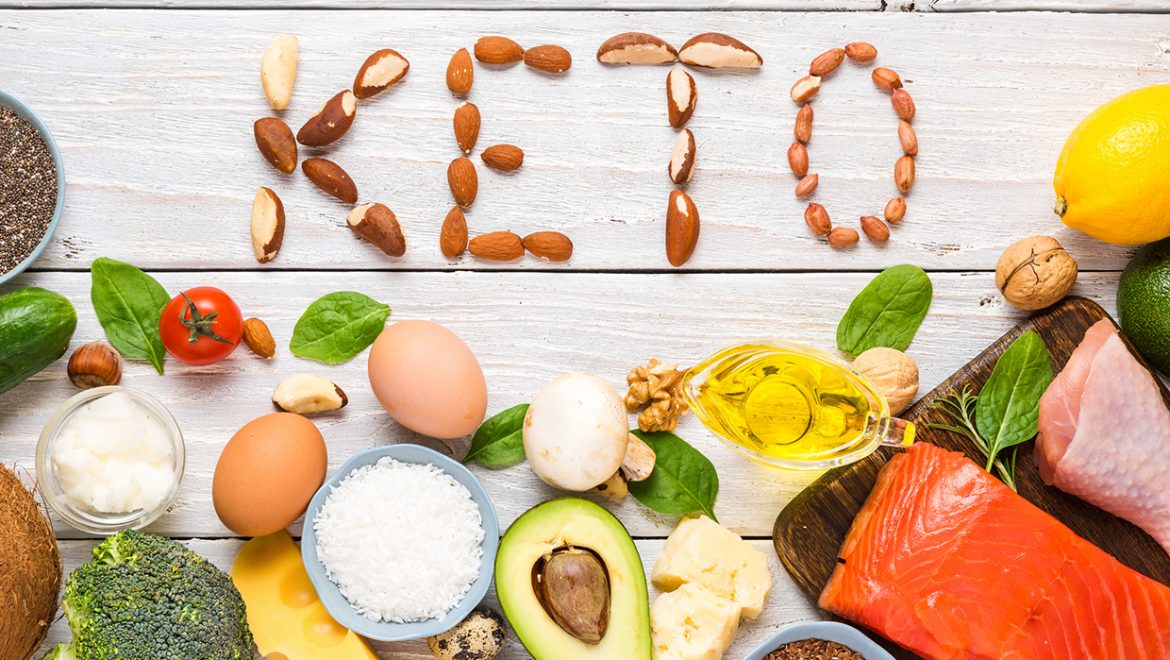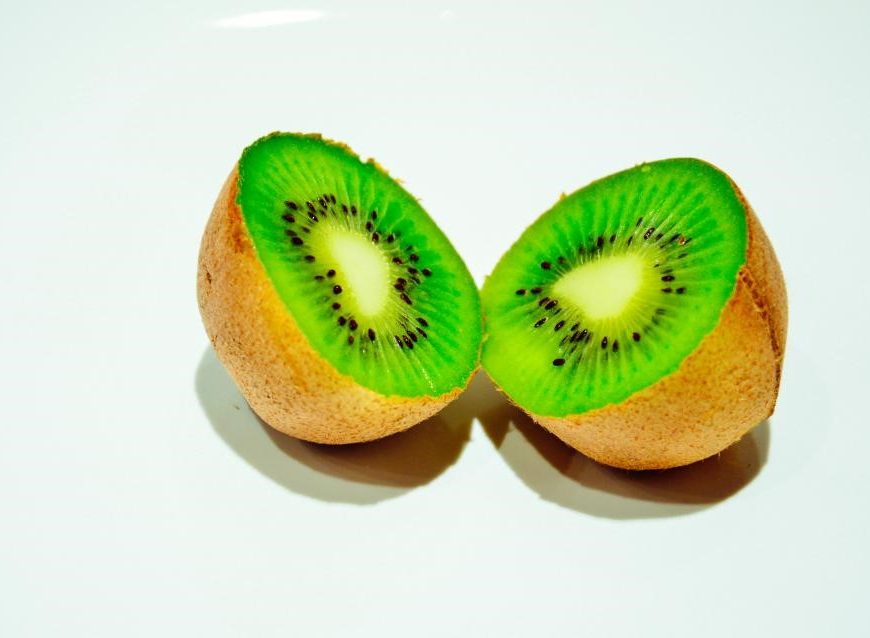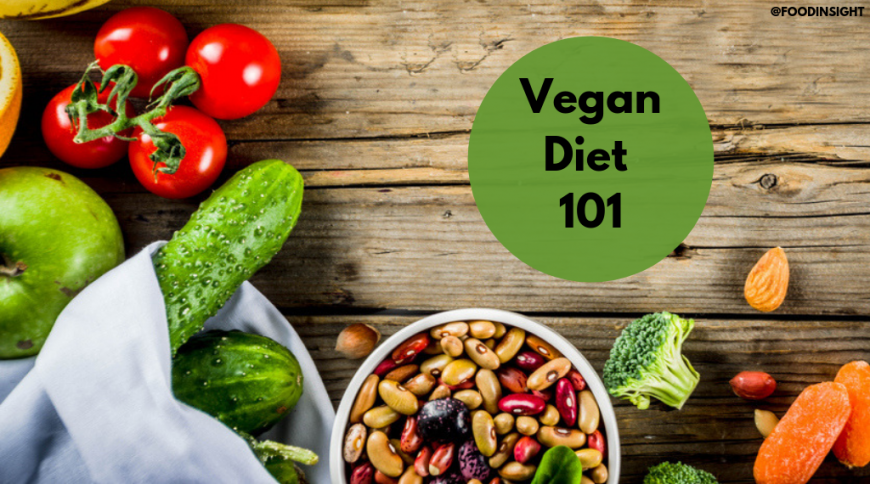This blog is part of the All About Fad Diets blog series. They’re not really fads, but more like lifestyles.
This also includes low carb high fat (LCHF).
This is the diet at the moment for weight loss. It is a bit like the modern Atkins diet. ‘Keto’ short for ketogenic, is a high fat, moderate protein, low carb diet, where your body goes into a state of ketosis.
In a typical western diet, the body uses carbs (in the form of glucose) as its main energy source because that is where most of the calories come from. On a keto diet, the body uses fat (in the form of ketones) as fuel. Fat in the food you eat and the stores on your body. A keto diet provides 3-4g of fat for every 1g of carbs/protein.
The standard keto diet is 75% fat, 20% protein and 5% carbs. Compare these to the macronutrient ratios of the standard American diet (SAD – it is indeed sad!), 45-65% carbs, 20-35% fat and 10-35% protein.
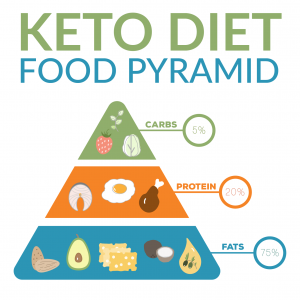
Pros
Weight Loss/Management
(Of course!)
Appetite Suppression
Fat and protein are more filling and keep you fuller for longer compared to carbs/sugar.
Diabetes Prevention/Management
Blood sugar regulation, due to low sugar and carbs.
Decreases Risk Factors of Heart Disease
e.g. high body fat, increases HDL (good) cholesterol, and reduces blood pressure and blood sugar.
May reduce the symptoms and slow the progression.
Seizures
Significant reduction in epileptic children.
Parkinson’s
May improve the symptoms.
Polycystic Ovarian Syndrome (PCOS)
Helps to reduce insulin which are concurrent with this condition.
Brain Injury
Research found it can reduce concussions and aid recovery.
Eating less sugar and processed foods help to lower insulin, helping with acne.
Most Junk Foods Are High in Carbs
If you’re at a party you’re not going to be able to eat the party food. Some low carb foods are junk (e.g. protein bars and protein cookies), but a keto diet reduces the amount of junk food the average person eats (because you won’t be able to eat the cakes at shared morning tea).
Encourages Awareness
If you eat keto you have to check everything that comes in a packet (if your food comes in a packet).

Cons
Keto Flu!
Some people experience ‘keto flu’ when they start the diet. It’s not actually the flu, but side effects of rapidly switching to a low carb/sugar diet. Your body is transitioning from being a sugar burner to a fat burner.
Symptoms include hunger, dizziness, headaches, nausea, fatigue, irritability, sleeplessness, constipation, brain fog, and low exercise tolerance. The upside it that it only lasts a few days then it is over, and not everyone gets it (especially if you are already a primed fat burner).
To try and avoid this:
- Drink plenty of water
- Avoid strenuous exercise during the first week
- Eat as many vegetables as your carb intake allows – veggies have water, a few carbs and fibre
- Get enough sleep
Keto Breath!
This is described as smelling fruity, like nail polish remover (acetone) or metallic (despite these all being very different!). It is the same scent as diabetic breath when they have ketoacidosis (a complication of diabetes, different from ketosis).
Urine Tests
The best way to test for ketosis is in your blood, breath or urine. Most people aren’t going to do a blood or breath test every day. Hence why keto followers buy keto strips from the pharmacy to test their urine at home.
Athletic Performance
Keto may be suitable for low or moderate intensity workouts. However, athletes involved in high intensity, short duration sports, may see a drop in performance. Generally, fats are used for lower intensity/low stress exercise e.g. walking and jogging. In contrast, carbs/sugar (in the form of glucose) are used for higher intensity/high stress exercise e.g. sprinting and HIIT.
It may be harder to build muscle. In ketosis the body is in a catabolic state (breaking down) compared to an anabolic state (building up). It is easier to build muscle and gain strength while eating carbs. It depends if your goal is muscle gain/strength or fat loss. For this reason, you may be more suited to a cyclic or targeted keto diet.
Do You Have Underactive Thyroid?
For people with underlying hypothyroidism, keto may worsen symptoms. Insulin has a bad reputation but we actually need small amounts of it for thyroid health. It is not uncommon for someone to have thyroid disease (hypo or hyperthyroidism) and diabetes (lack of insulin). Hypothyroidism is more common in women than men, therefore, women on a keto diet are more likely to be affected by this.
Kidney Stones and Gout
There is a higher risk of kidney stones and gout. Loading your plate with meat, particularly processed meats, may increase your chances. In one study, 13 out of 195 children developed kidney stones. Although, children supplementing with potassium citrate had a decreased risk of kidney stones. A high intake of animal proteins makes your urine more acidic, and may increase calcium (kidney stones) and uric acid (gout) levels. The keto diet is not recommended for people with kidney disease.
To minimise your risk, don’t eat more meat on a keto diet than you would on a normal diet. Replace carbs with good fats. If you were already eating enough protein, you don’t need to eat more protein now. Plus, don’t eat more (or any) processed meats. A lot of keto followers can fall into this trap because processed meats can become a convenience food on a low carb diet.
Low Carb = Low Fibre?
Constipation is more common. Fibre is a carb, well it’s an indigestible carb. It doesn’t count as a ‘carb’ but it comes from carb sources.
Focus on plenty of vegetables (emphasis on raw), homemade coleslaw (lraw cabbage), brassica veggies (kale, broccoli, cauliflower and Brussel sprouts), snack on nuts, add sunflower and pumpkin seeds to salads, chia puddings, and add soaked chia/flaxseeds or ground chia/flaxseeds to smoothies.
Don’t overdo the meat, cheese, oils and nut butter!
Don’t Eat Steak for Breakfast, Lunch and Dinner
The Cancer Society state eating large quantities of red (and processed) meats can increase the risk of some cancers, particularly bowel cancer. Despite iron being an essential nutrient, when broken down haem iron (animal-based iron) damages nearby cells, enabling cancer to develop more easily. Additionally, cooking meat at very high temperatures and burning/charring meats creates heterocyclic-amines which can cause stomach cancer.
The Cancer Society recommends a moderate consumption of less than 500g of red meat per week – a 65-100g serving no more than 3-4 times a week.
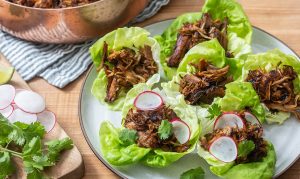
Liv’s Recommendations
I really like that fact that keto isn’t just a cabbage soup weight loss diet. It has therapeutic benefits against certain diseases.
The keto diet actually originates back 100 years to the 1920’s when it was used as a therapeutic treatment for epilepsy. According to the Epilepsy Foundation, studies show that more than 50% of children who try the diet have half the number of seizures or fewer, while 10-15% are seizure free. The children in the study continued to take medication. After one month on the diet, some were able to manage their condition with smaller doses of fewer medications than previously.
The keto diet is usually recommended by doctors for epileptics who do not respond to several different seizure medications. However, the diet is healthier and more natural for the body than taking medications. I would recommend keto as a first line of treatment rather than a plan B. The Epilepsy Foundation website states that it does not recommend the diet for adults due to the restricted food choices. Wouldn’t it be easier for an adult to follow a restricted diet than a child!
Remember that one carby meal will kick you out of ketosis! When keto is used therapeutically it must be strictly followed. You can’t slack off.
A 4:1 ratio of fat to carbs/protein is generally recommended for adults. A ratio of 3:1 of fat to carbs/protein is generally recommended for children. Infants, children and adolescents require more carbs and protein for growth.
The keto diet can be used therapeutically for dementia and Alzheimer’s disease. The presence of ketone bodies (used as fuel in ketosis) are neuroprotective on aging brain cells. Keto isn’t claimed to reverse dementia or Alzheimer’s, but it can prevent the development and further progression.
There are a few other adaptations of the Keto diet which may be more suited to some people. These are:
The ‘cyclic keto diet’ involves carb cycling. It is usually five days keto (LCHF) and two days high carb low fat (HCLF – the opposite).
The ‘targeted keto diet’ allows you to add carbs around your workouts, similar to carb cycling. This may be suited to active individuals.
The ‘high protein keto diet’ is 60% fat, 35% protein and 5% carbs. This may be suited for athletes.
Kickstart Ketosis
A notable amount of fat is required to get into ketosis. To kickstart your system into ketosis, add coconut oil and/or MCT oil into your diet.
Coconut oil and palm oil are rich sources of medium chain triglycerides (MCTs). Although I don’t recommend palm oil due to sustainability and the livelihood or orangutans. These unique fats are not stored as fat on the body. Upon digestion, they are immediately taken to the liver and converted into ketones to be used as energy.
At least 50% of coconut oil is comprised of MCTs. Coconut oil is liquid at room temperature in hot climates and solid at room temperature in cool climates. It melts at 24 degrees. Whereas, MCT oil is always a liquid.
Up to four tablespoons are used per day in epilepsy, dementia and Alzheimer’s. The average person could two or three (or even four) tablespoons a day to kickstart ketosis. You may only need to eat 60% of your diet of your diet derived from fat with the addition of coconut oil.
Check out my Brain & Heart Tonic

There is a huge difference between living on a) bacon and eggs with no veggies or b) an omelette with spinach, tomato, capsicum, mushrooms and onion. Eat a nutritious (as balanced as possible) keto diet.
While a keto or a low carb diet is a good short-term solution, long-term you may find that you plateau before you have reached your goals. No matter what the diet is, if you continue it long-term the body eventually adapts. When your body adapts, the diet will have less effect than when you first began.
To combat this, tie in carb cycling in combination with high EPOC exercise (excess post-exercise oxygen consumption) e.g. strength/resistance training, high intensity interval training (HIIT), sprint interval training, and circuit training.
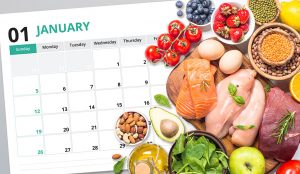
To Wrap It Up
With a keto, Paleo, primal, Mediterranean, vegan, vegetarian, gluten-free, dairy-free wrap of course (or not if you’re intermittent fasting!).
The purpose of this series of blogs isn’t to choose a diet to follow. It’s to inform you of the pros, cons and my recommendations, if you do choose to (or already) follow one of these diet trends.
I personally pick and choose what I like, and more importantly what suits my body, from each diet to create my own personalised diet. My motto is “Realigning Nutrition with Intuition”. Try N=1 Self Experimentation.
Intuition is now totally disassociated from Nutrition. We don’t eat what or when we feel like eating. We eat what and when we are told we should be eating. Realigning Nutrition with Intuition means being in-tune with your body and rediscovering what diet/lifestyle is most suited to you. As I trained as a Naturopath and Holistic Nutritionist, I am not about strict plans. That is for you to decide for yourself.
There is no one-size-fits-all baseball cap when it comes to diets.
Your Nutrition Mentor,


